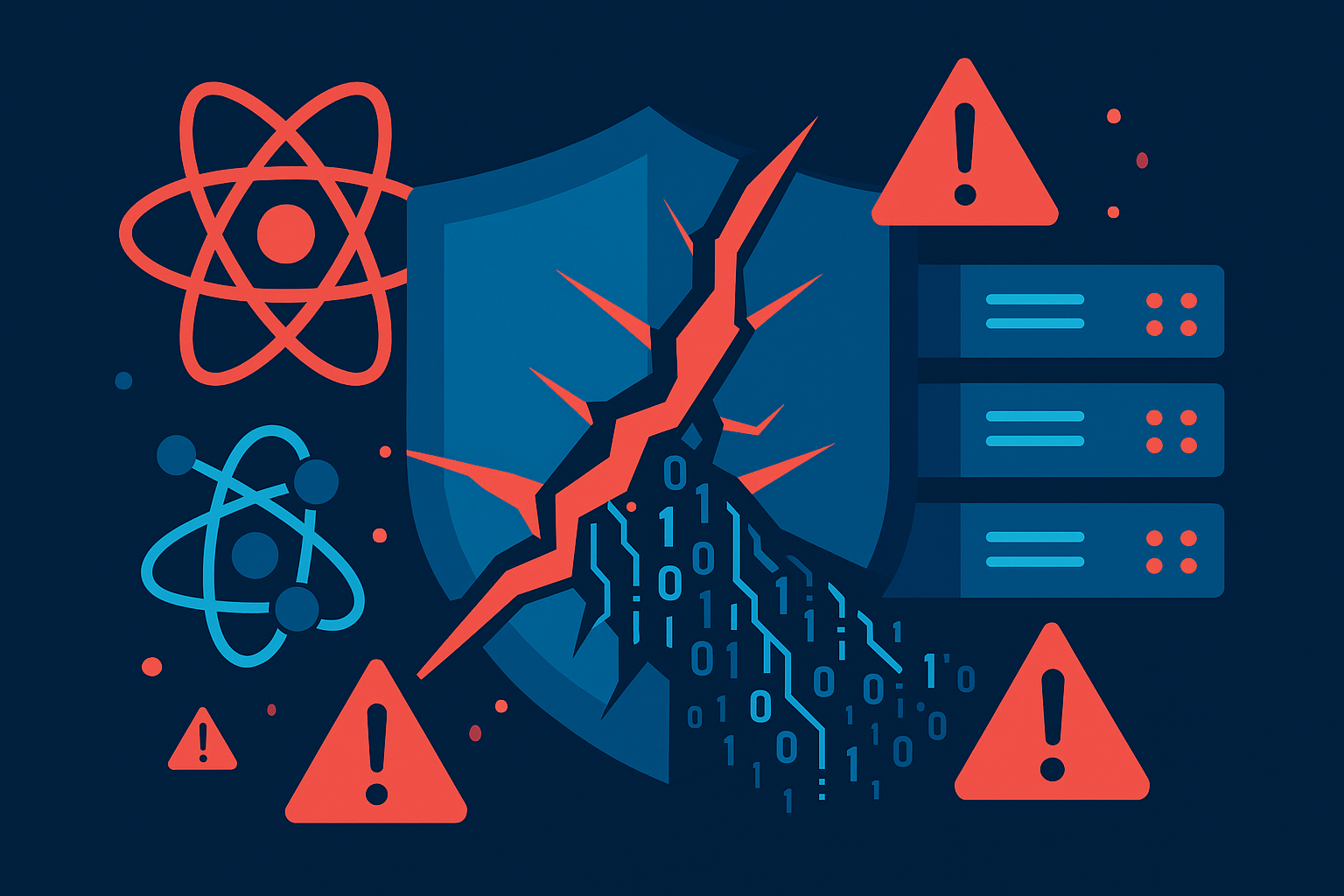Best Attribution Models for Digital Marketing Success | Fruitio

Best Attribution Models for Digital Marketing Success | Fruitio
The Problem of Attribution in Digital Marketing
One of the biggest challenges that digital marketers continuously face is how to best attribute successes and failures in their various marketing efforts. At this point, marketers have access to such large amounts of campaign data, analytics, and other information that there’s a certain degree of “paralysis by analysis.” For marketers and business owners alike, understanding how your overall campaigns contribute to a conversion is as important as the sale itself. This is why proper attribution has become the golden goose of digital advertising.
What is Attribution Modeling?
As I mentioned before, understanding the steps a consumer takes to make a purchasing decision can be even more valuable than the purchase itself. Over the last several years, consumers have become more and more influenced by multiple touchpoints along their journey, (various social media, blogs, videos, etc.) The number of touchpoints a consumer needs before making a buying decision can vary from 20 to several hundred, depending on who you ask. Attribution modeling takes into account these various touchpoints.
The Shift Away From Last Click Attribution
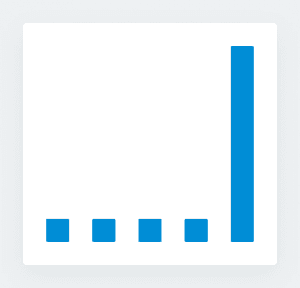
For a very long time, the standard measurement to determine the value of a channel’s marketing efforts was last click attribution. In this model, the final step in the customer’s journey is given 100% of the credit for the final conversion. There are serious and inherent flaws in this methodology. According to Google, a consumer may need upwards of 20 touchpoints before deciding to purchase a candy bar. For more serious purchases, like an airline ticket, consumers may require several hundred touchpoints. To demonstrate why last click attribution isn’t an ideal model, let’s imagine the steps in Emily’s decision to purchase a laptop:
- Emily has been thinking about purchasing a new laptop for several months. Then, she sees a display ad for a new laptop on a news website she regularly reads.
- Emily does research by searching “best laptops for bloggers” on Google and is taken to several industry leading blogs, where she spends many hours reading reviews from trusted sources.
- Over the next several weeks, she’s served hundreds of display ads on several different platforms, from various manufacturers who have deemed her to be in the market for a laptop.
- She does another Google search for “best warranties for a laptop” and lands on a blog about warranties.
- After a few weeks, she clicks on a display ad for a new Macbook Air in her Facebook feed, which then prompts her to do more research.
- This action will lead to even more remarketing ads on her digital channels.
- Eventually, Emily decides she wants to purchase a new Macbook Air and searches “best place to buy a Macbook Air in Denver” on Google. She sees a paid ad for a sale at Best Buy, and makes her purchase via Best Buy’s website.
While this is an abbreviated customer journey, in the above scenario, the last step in Emily’s journey would get 100% credit for the sale. Last click attribution suggests there’s not much value in display ads, social media, or content marketing, which may lead businesses to funnel money away from those channels. However, those channels played an integral role in Emily’s decision.
Other Types of Attribution Modeling
Aside from the Last Click Attribution model, there are several other attribution modeling available to marketers today. The most common models include:
First Click Attribution:
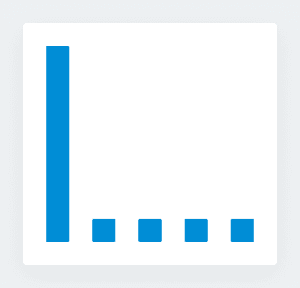
As you may assume, this is the exact opposite of the Last Click model in that it gives 100% credit to the consumer’s first interaction. This does not take into account the remaining touchpoints in a consumer’s journey.
Linear Attribution Modeling:

Linear Attribution is a model that gives equal credit to all channels involved in a consumer’s journey. It is the simplest of multi-touch attribution models because credit is equally distributed across all channels involved in a conversion. The benefit of this model is that it provides a holistic view of your marketing efforts. Over time, you can begin to look at which channels show up more in this model and make more effective decisions based upon it.The downside of this model is that it does not weigh how often a consumer utilizes a specific channel compared to others. For example, a consumer may visit a site once through display and 7 times via the direct channel. Using Linear Attribution, equal credit is given to both channels.
Time Decay Modeling:
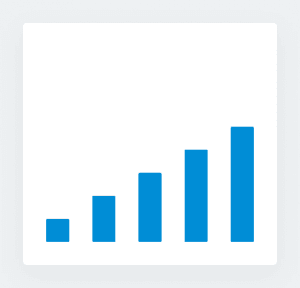
In this attribution model, the channels a consumer uses closer to their conversion are given more credit. The general assumption made with this model is that the touchpoints closer to the actual conversion have more influence on the consumer. However, this model does not give much credit to top of the funnel touchpoints. In the example of Emily’s search for a laptop, very little credit would be given to the display ads and blogs that she used in her research.
Position-Based/ U Shaped Modeling:
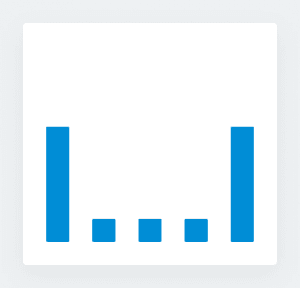
This model is an evolution of all of the previous models. It gives 40% conversion credit to both the first and last consumer touchpoints. The remaining 20% credit is distributed among the remaining touchpoints in the middle of a consumer’s journey. Many marketers like this model because it values the two most important touchpoints of a consumer’s journey: when they learn about your brand for the first time and when they decide to do business with you. While this is a seemingly effective compromise between all of the previous models, it still has a certain degree of assumption associated with it. For example, the last interaction might not be the moment that the consumer decided they wanted to do business with you. They could have decided earlier in the journey to make a purchase, and last click was simply a formality.
Custom, Algorithmic or Data Driven Attribution
There are several of these types of models available from third party vendors, or even Google itself. These tend to have the most actionable insight of all attribution models and give you the most insight on how your consumer actually interacts with your various channels. At the same time, these models tend to be the most difficult to set up, maintain, and, to an extent, analyze. The most obvious downside to these models is the overall cost and traffic requirements. For example, the Google Data Driven Model requires Google Analytics 365, a minimum of 600 conversions per month, and 15,000 monthly clicks through Google Search. If you choose to use a third-party attribution model, you can expect to spend several thousand dollars.
So, What’s The Best Attribution Model For My Business?
Like most digital marketing strategies, it depends on your specific situation. To find the model that works best for you, you’ll need to have a solid understanding on what your overall marketing goals and key performance indicators (KPIs) are, and set expectations on ROI and overall budget. Attribution can be a difficult aspect of digital marketing, but with the right model, you can use your budget more strategically to gain traffic and conversions. Our digital marketing team can help you find the best model for your business and leverage it to maximize your ROI.
Get In Touch!

